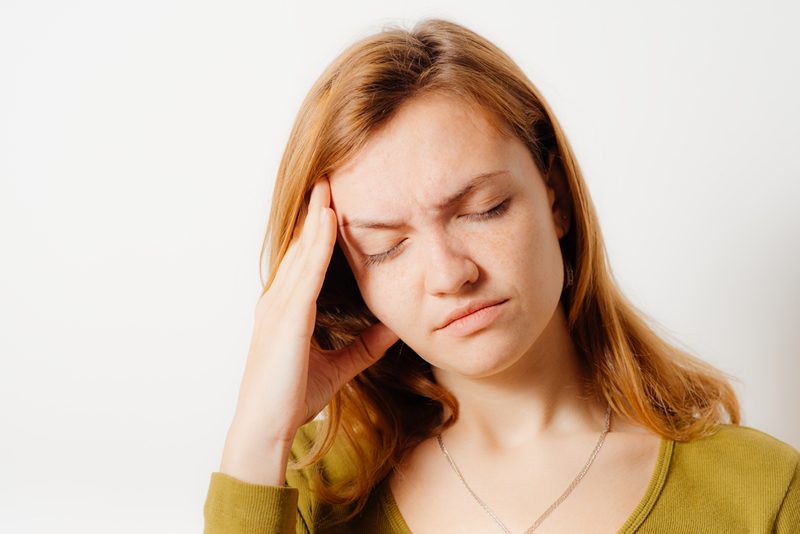Symptoms and
treatments
Migraine
Migraine is a complex syndrome and headache, normally unilateral and pulsating, is the most important clinical sign.. Most of the crisis are accompanied by sensitivity to noise, light, odours or movement, as well as by loss of appetite, sickness, nausea, vomiting and cold or hot feeling.
A migraine episode is variable regarding intensity, frequency or duration, and could last 72 hours in adults. Headache is mainly located in the temples area and appears at certain time intervals when the pain occurs.
Migraine affects between 12% and 17% of western population and approximately three out of four migrainous individuals are women. Therefore, women represent 75% of the sufferers versus 25% of men.
Migraine has been treated during decades with the same type of drugs without achieving neither a cure nor a significant improvement without presenting adverse effects. Some of the most common are antidepressant drugs, anticonvulsants, analgesics, anti-inflammatories or triptans. Beyond, even some doctors are using a muscle-paralysing toxin. It sounds chilling, but it is a trend.
The role of histamine in migraine is key
Fortunately, in the last years, the treatment of this syndrome is facing a drastic change. There is a growing number of research groups studying the organic origin of migraine, and point to two molecules: histamine and Diamine Oxidase (DAO). In fact, the role of histamine in migraine is key, and it was already described by Krabbe AA in a study carried out in 1980. During this study, 48 patients were given endovenous histamine and more than half of this sample ended up with migraine or headaches as a result of the muscle spasms they suffered.
Hereinafter, more scientific studies were conducted proving the above said relationship and found out the mechanism by which histamine accumulates in certain individuals.
Most of the migraine crisis appear when an accumulation of histamine occurs due to lack of activity of the intestinal enzyme DAO. Histamine taken through food passes to the bloodstream and reaches different body tissues, one of them, cerebral arteries. At this point, histamine causes vasodilatation and, as a result, the symptoms appear.

